India, with its kaleidoscope of cultures, landscapes, and vibrant life, is a paradise for photographers. From the majestic peaks of the Himalayas to the serene backwaters of Kerala, and the bustling streets of Mumbai to the tranquil deserts of Rajasthan, every corner of India offers a unique story waiting to be captured. This guide will help you navigate through India’s photographic wonders, ensuring you make the most of your journey.
1. Golden Triangle: Delhi, Agra, Jaipur
The Golden Triangle is a classic introduction to India’s rich history and architectural splendor.
- Delhi: Capture the juxtaposition of old and new, from the historic Red Fort and Humayun’s Tomb to the modern skyline of Gurugram. Don’t miss the bustling Chandni Chowk market for some candid street photography.
- Agra: The ethereal beauty of the Taj Mahal at sunrise or sunset is a must. Also, explore the Agra Fort and Fatehpur Sikri for more Mughal architecture.
- Jaipur: Known as the Pink City, Jaipur offers the photogenic Amer Fort, the intricate Hawa Mahal, and the vibrant local markets.
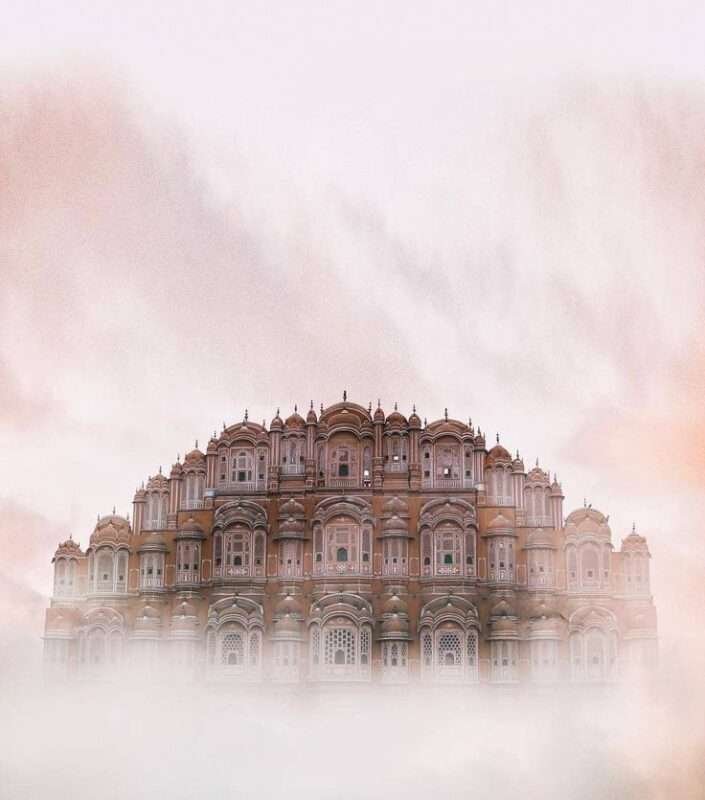
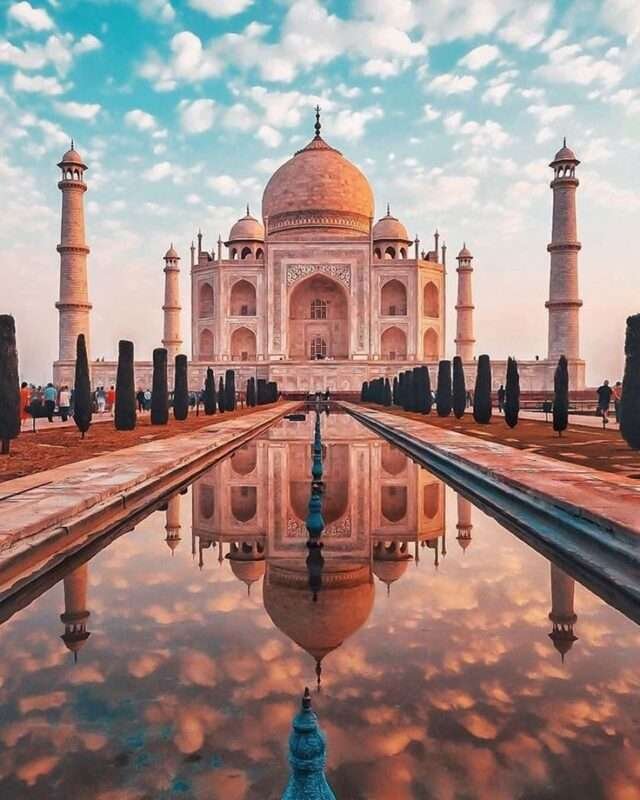
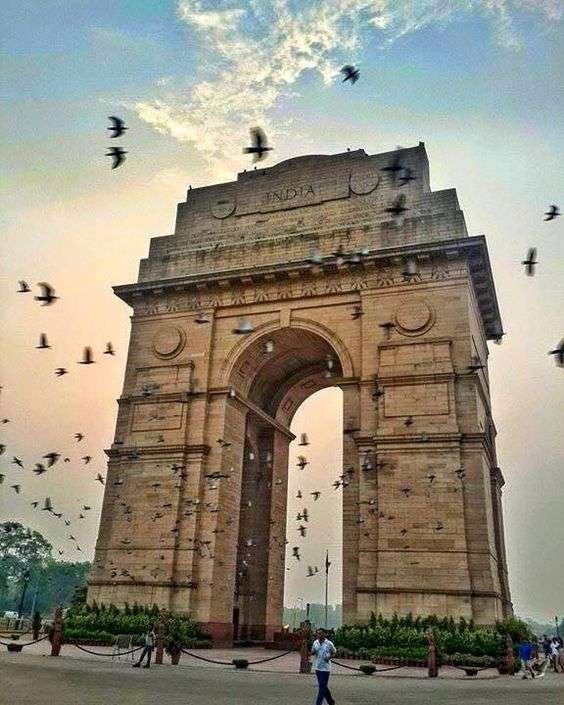
2. Rajasthan: Land of Kings
Rajasthan is a treasure trove of royal heritage and colorful traditions.
- Jodhpur: The Blue City provides stunning visuals with its indigo-colored houses and the imposing Mehrangarh Fort.
- Udaipur: Often called the Venice of the East, Udaipur’s lakes and palaces, especially the Lake Palace, offer perfect reflections and serene landscapes.
- Jaisalmer: The Golden City, with its sandstone architecture, and the vast Thar Desert, provides perfect opportunities for dramatic desert photography.


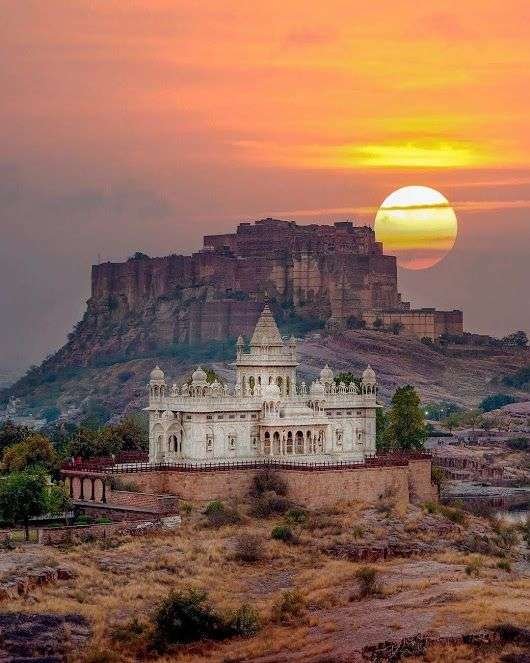
3. Varanasi: The Spiritual Heart
Varanasi, one of the world’s oldest cities, is a spiritual and cultural hub.
- Ganges River: Capture the rituals and daily life along the ghats, especially during sunrise and sunset. The evening Aarti ceremony is a mesmerizing experience.
- Old City: The narrow lanes, ancient temples, and bustling markets are rich with photographic opportunities.

4. Kerala: God’s Own Country
Kerala’s lush landscapes and tranquil backwaters are a photographer’s dream.
- Backwaters: A houseboat ride through the backwaters of Alleppey or Kumarakom offers serene water scenes and glimpses of rural life.
- Tea Plantations: The rolling tea plantations of Munnar provide a lush green canvas perfect for landscape photography.
- Beaches: Varkala and Kovalam beaches are great for capturing coastal life and stunning sunsets.
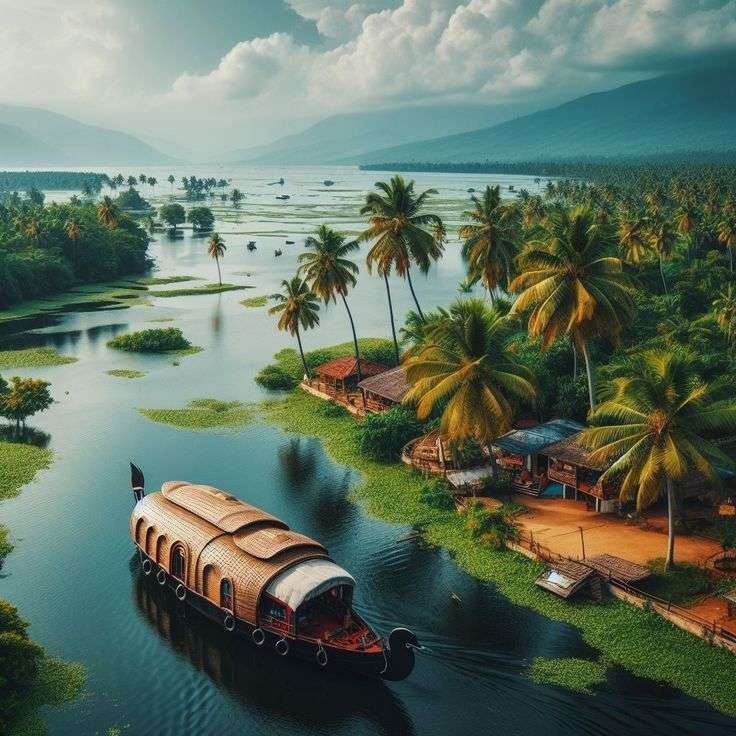
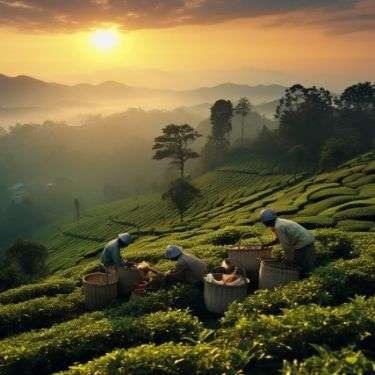
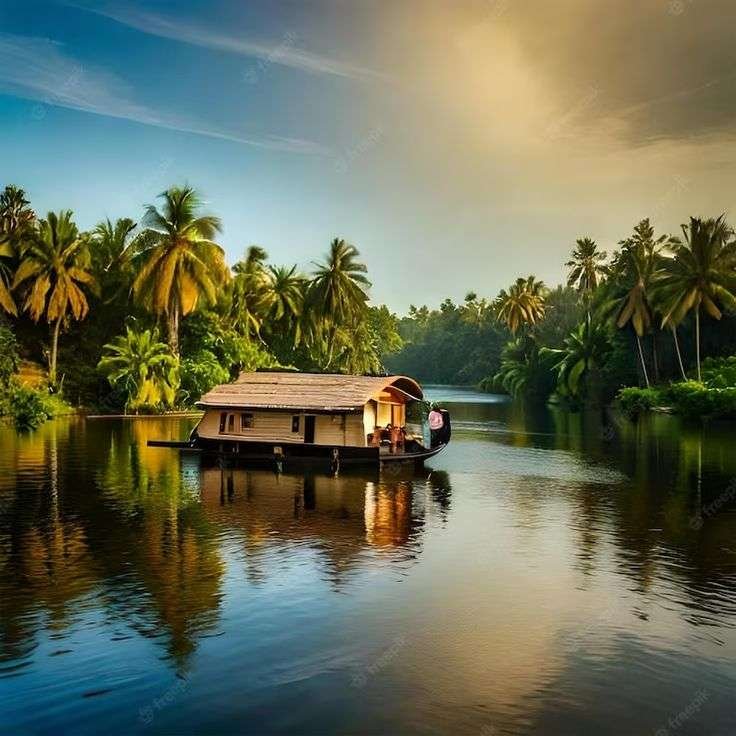
5. Himalayas: The Abode of Snow
The Indian Himalayas offer some of the most breathtaking landscapes on Earth.
- Ladakh: Known for its stark beauty, the high-altitude desert of Ladakh offers monasteries, high-altitude lakes like Pangong Tso, and dramatic mountain sceneries.
- Himachal Pradesh: Places like Manali, Spiti Valley, and Dharamshala offer lush valleys, ancient monasteries, and the chance to capture the lifestyle of Tibetan communities.
- Uttarakhand: The holy towns of Rishikesh and Haridwar, along with the majestic Nanda Devi and Valley of Flowers, provide a blend of spirituality and natural beauty.
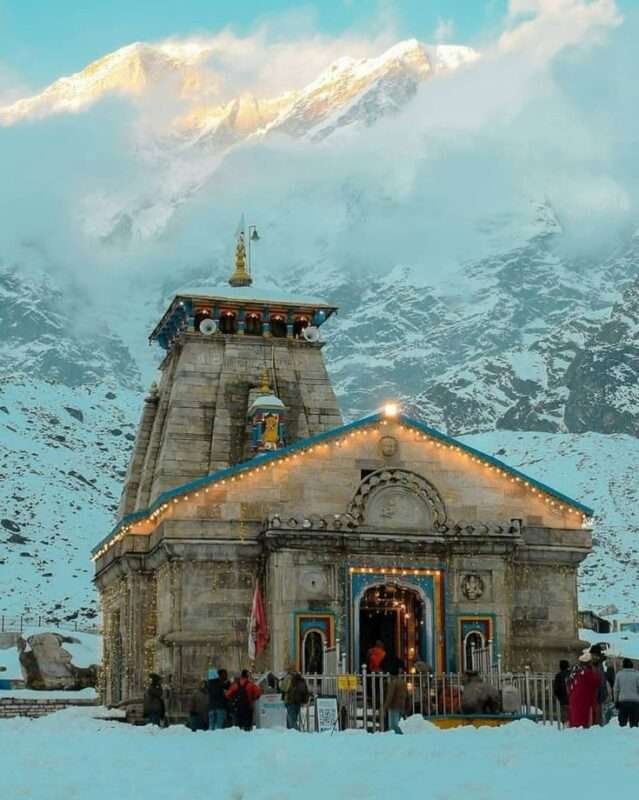

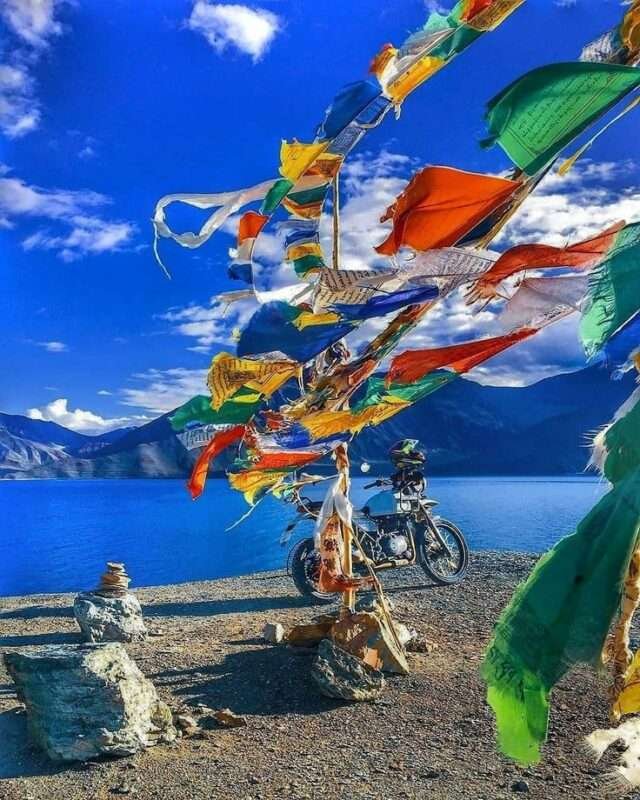
6. Wildlife Sanctuaries and National Parks
India’s diverse ecosystems are home to a vast array of wildlife.
- Ranthambore National Park: Famous for its Bengal tigers, this park also offers ruins of ancient fortifications amidst the jungle.
- Kaziranga National Park: Home to the one-horned rhinoceros, this UNESCO World Heritage site in Assam is perfect for wildlife photography.
- Sundarbans: The largest mangrove forest in the world, the Sundarbans, is home to the elusive Bengal tiger and offers unique mangrove landscapes.
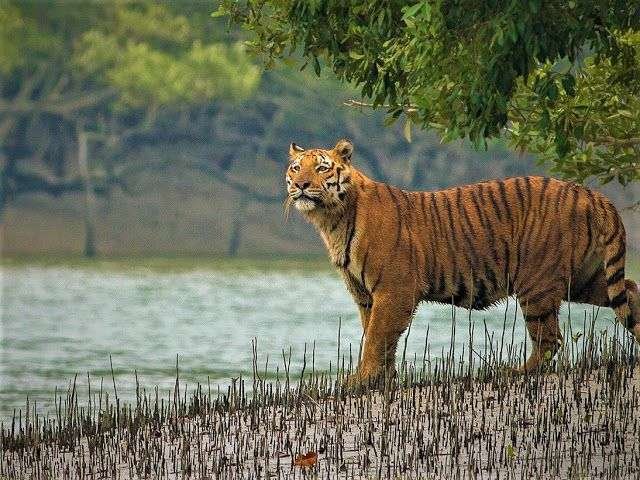
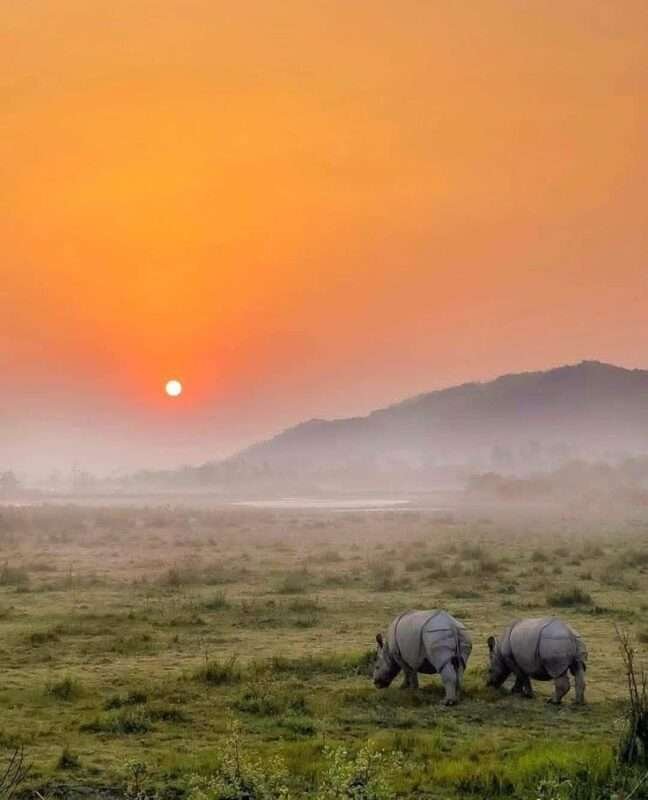
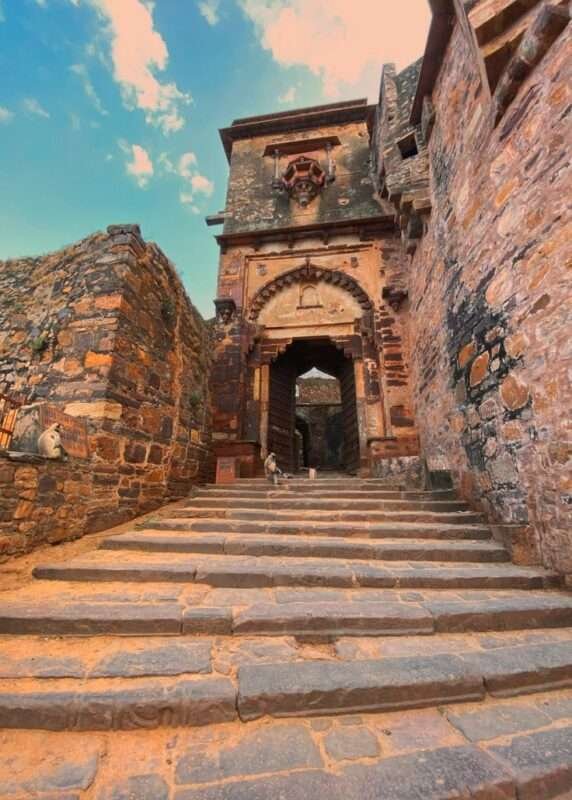
7. Practical Tips for Photographers
- Best Time to Visit: Research the best times to visit specific locations. For example, the monsoon season transforms landscapes but may hinder travel plans.
- Gear: Carry a versatile lens kit including a wide-angle for landscapes, a telephoto for wildlife, and a prime lens for portraits. A sturdy tripod is essential for low-light and long-exposure shots.
- Respect Local Customs: Always ask for permission before photographing people, especially in rural areas and religious sites.
- Backup Your Work: Carry sufficient memory cards and an external hard drive to back up your photos regularly.
India’s diversity ensures that photographers of all genres can find endless inspiration. Whether you’re capturing the chaos and color of urban life, the serenity of nature, or the depth of cultural traditions, every frame in India tells a story. So pack your camera, embrace the adventure, and let India’s beauty unfold through your lens. Happy shooting!




